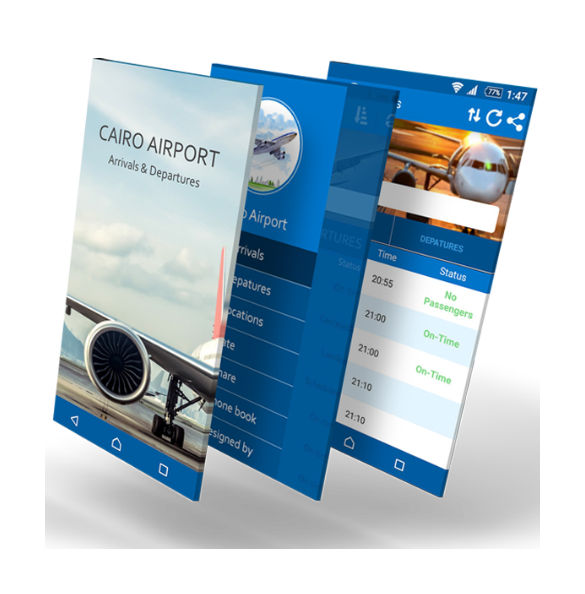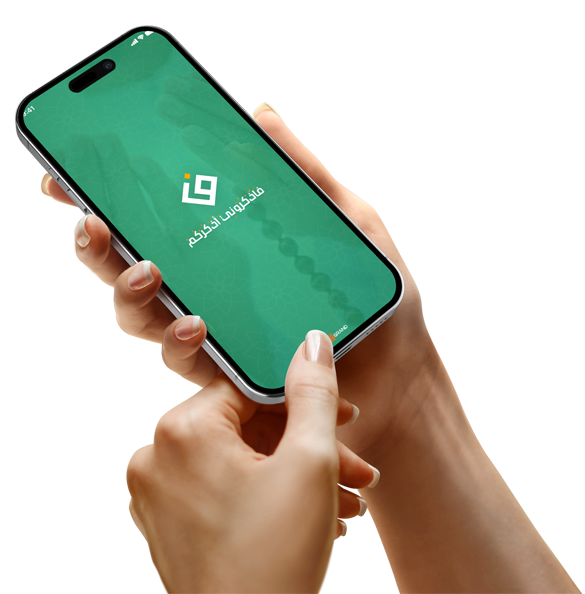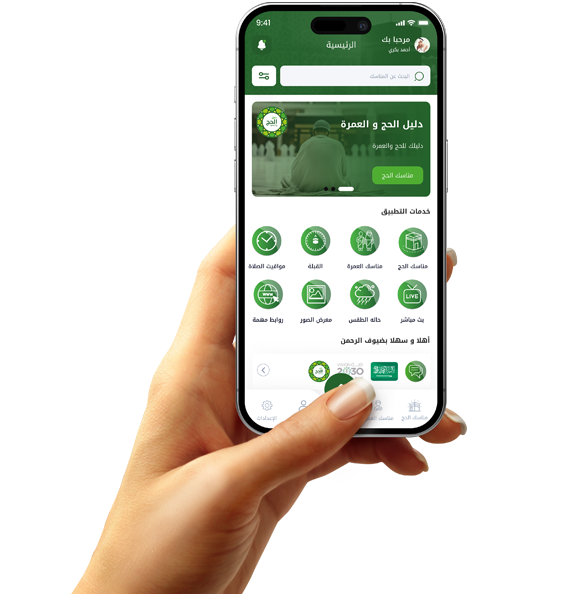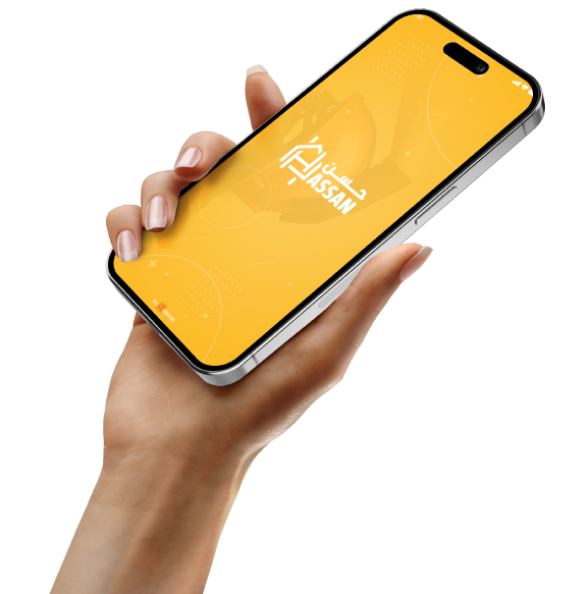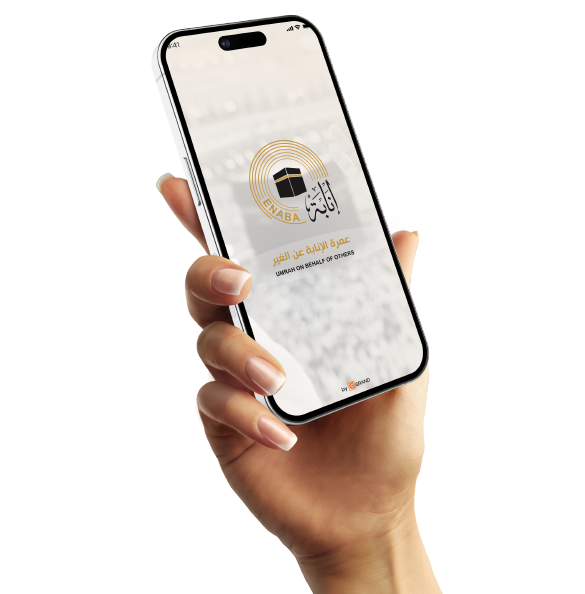Designing website applications for major brands
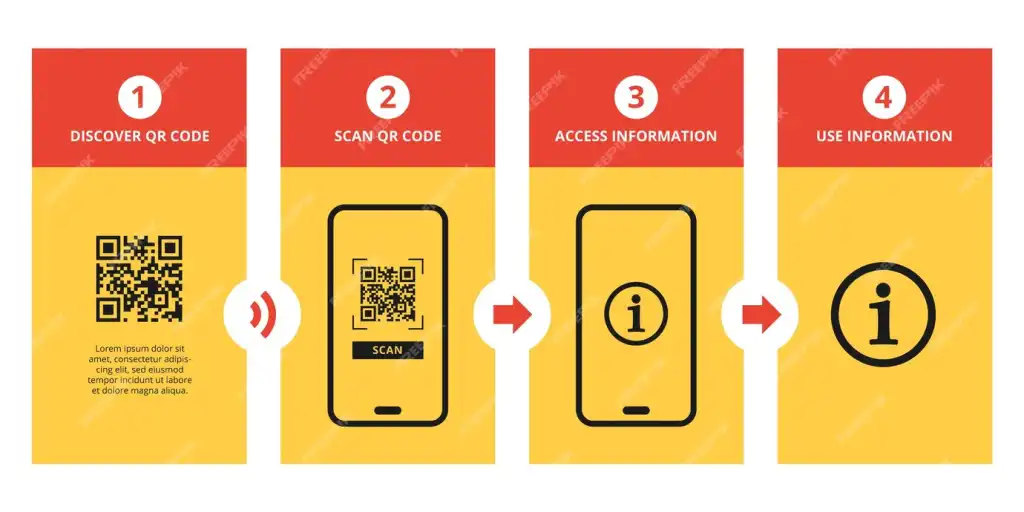
Converting a Website to an App: A Step Toward the Future
Major brands have powerful websites, but converting these websites into apps enhances their digital presence. A website is a means of discovery, while an app is a means of constant interaction. Users prefer browsing through apps for their speed and simplified interface. Additionally, an app can take advantage of smart device features such as the camera, GPS, and push notifications. This integration gives the user a more holistic experience and increases the chances of repeated engagement. Your app becomes the closest interface to the user, providing everything at the touch of a button. Therefore, converting a website to an app should not be a simple copycat, but rather a redesign of the user experience to suit mobile devices. The app should be built to serve the brand's goals, enhance its reach, and facilitate accessibility at all times.

Designing an App That Accurately Reflects Your Brand Identity
It's important for the user to feel that the app truly belongs to the brand they know. The design should reflect the brand's colors, fonts, and tone of communication. From the first welcome screen to the checkout page, every detail should be consistent with the brand's identity. Major brands know that trust is built through repetition, so consistency between the website and app is essential. Any significant difference could confuse or leave the user feeling untrusted. Furthermore, it's best to integrate the app with a modern, interactive style without straying too far from the brand's personality. A successful app isn't just beautiful; it also reflects a clear and familiar image to the customer.
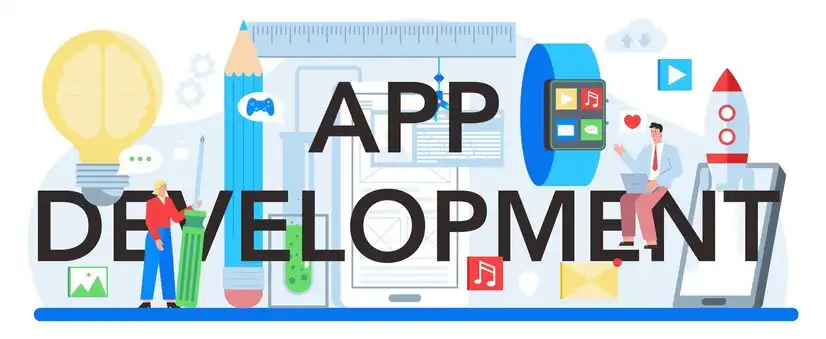
Website and App Integration: A Unified User Experience
The success of major brands depends on providing a unified experience across all channels. Therefore, there must be complete integration between the website and the app. If a customer initiates a purchase on the website, they can complete it on the app, and vice versa. This requires a unified backend system that connects all channels. Furthermore, account information, offers, and order history must be available in the same format across both channels. This integration gives the user a sense of comfort and increases their confidence in the service. There's nothing worse than losing an order or having to re-enter it just because you changed the method. Therefore, investing in building a unified system and a cohesive experience is one of the most important elements of successful design for major brands.

Accessibility and Multilingualism in Large Apps
Large brands often serve a global audience. Therefore, it's essential to design an app that is accessible to all users, regardless of their language or technical abilities. Multilingual support is essential, and it's ideal to expand it later. The user experience for people with disabilities should also be considered, whether in terms of button clarity or the app's integration with screen readers. A global app requires flexibility and responsiveness to different cultures, in terms of timelines, payment currencies, and even image display. These small details make a big difference and give your app the potential to grow globally, reflecting your brand's international standing.



